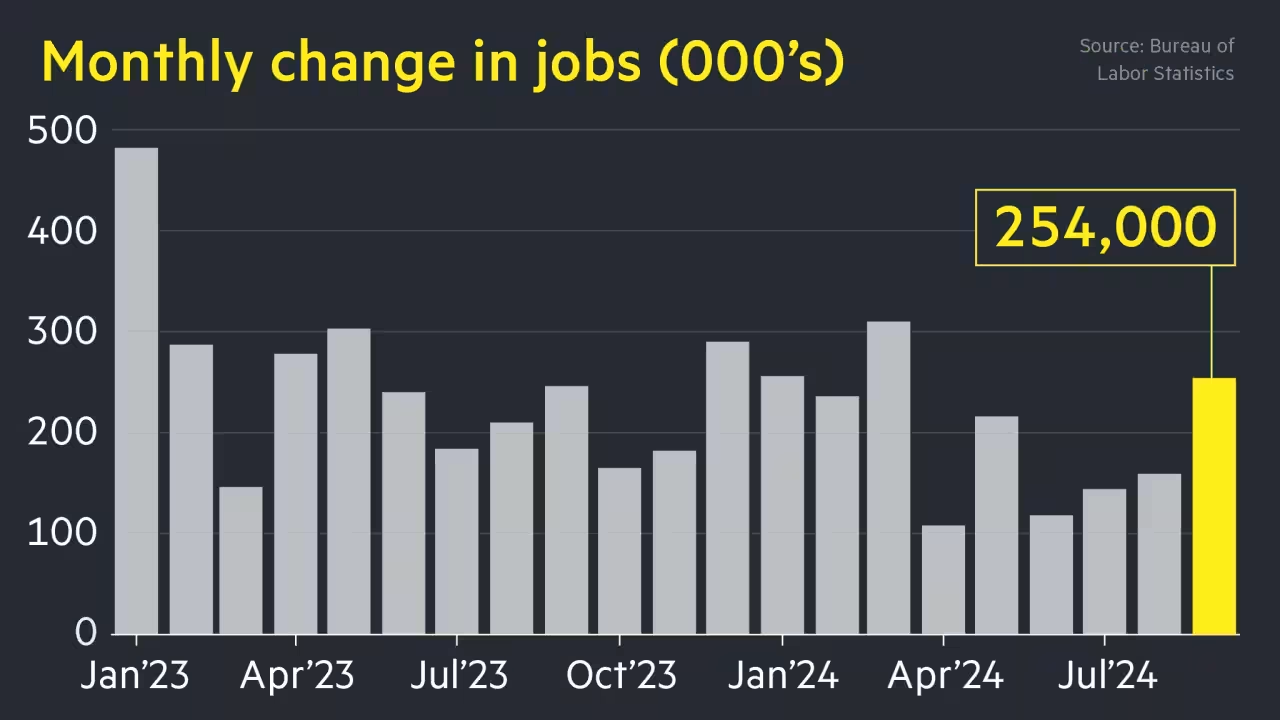Next time you’re running at full tilt towards your airport gate, spare a thought for the airline staff who made sure that that gate was actually available.
Gate allocation is a surprisingly complex task.
“With 15 gates and 10 airplanes, there are more than 570 billion possibilities,” says Dr Joseph Doetsch, who has been working on the problem of gate allocation as quantum computing lead at Lufthansa Industry Solutions.
Picking the best gate for each flight can help shorten aircraft taxi times and reduce congestion, meaning that travellers spend less time waiting on the tarmac.
It also cuts down on the amount of fuel required, and thus the plane’s emissions.
Typically gates are allocated when flight schedules are published, so as much as a year ahead, but are then revisited a month in advance, a week in advance, and then finally on the day of the flight.
All sorts of priorities have to be juggled when working out where best to park an aircraft.
“For example, certain carriers may be granted access to gates near their lounges and other facilities. Additionally, flights with a high volume of connecting passengers are often placed to optimise transfer times and improve overall passenger experience,” says George Richardson, co-founder of airport management firm AeroCloud.
“Some airlines, particularly budget carriers, may opt for more cost-effective remote stands with lower parking fees, prioritising operational savings over proximity to the main terminal.”
Other factors include the direction the aircraft is coming from, the type of aircraft, the expected runway assignment, gate availability, airport staffing, customer and baggage connections and the scheduled taxiway and tarmac moves of other aircraft.
To make things worse – many of these factors can change at the last minute.
Meanwhile, delayed flights can add to the difficulties, forcing airports and airlines to reassign gates at the last minute, increasing the time passengers have to wait and potentially causing flight cancellations.
Given that level of complexity you would think that clever computer software would be handling the job, but think again.
The job of allocating gates has often been carried out using surprisingly basic tech, according to an AeroCloud survey of the challenges faced by senior airport executives.
“You’d be surprised at how many airports globally still manage the process manually,” says Mr Richardson.
Of those airport executives that responded to AeroCloud’s survey, 40% said that Excel and Word documents were used to store and manage information related to their airport operations, including gate management.
But serious investment is going into more advanced systems.
Last year, American Airlines introduced Smart Gating at Dallas Fort Worth International Airport.
The system uses machine learning to assign arriving aircraft to the nearest available gate with the shortest taxi time.
Machine learning is a branch of artificial intelligence, where large amounts of data are used to train a system that can be tweaked to improve its results.
In the case of the American Airlines system real-time flight information and other data is used to choose which gate to send an aircraft to.
“Traditionally, our team members manually assigned gates using a legacy computer system. At Dallas Fort Worth International Airport, our largest hub, this process took around four hours to complete,” says an American Airlines spokesperson.
The new system can complete that process in 10 minutes, which has shortened aircraft taxi times by 20%, saving around 1.4 million gallons of jet fuel each year, the spokesperson adds.



